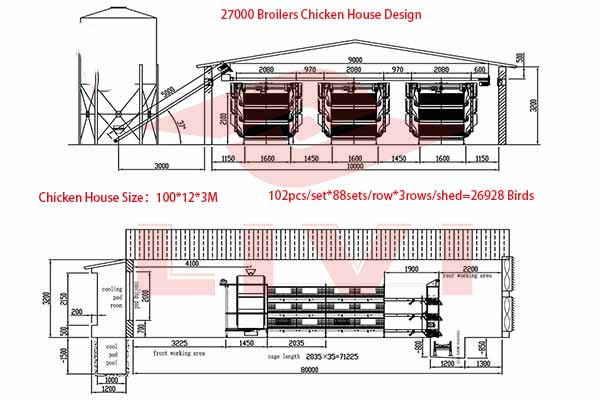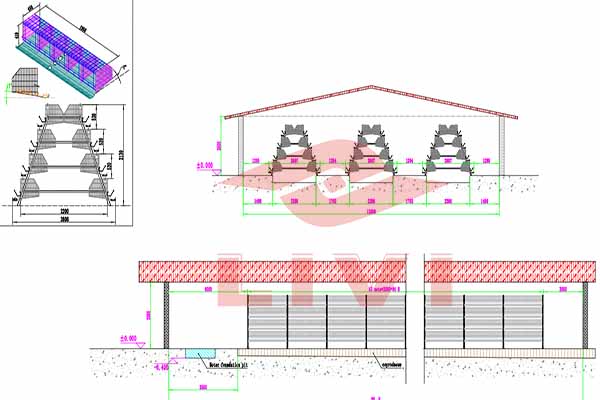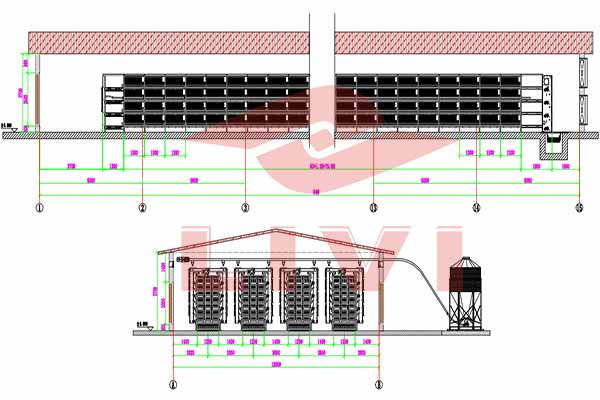Efficient Automatic Egg Collection System for 100,000 Chickens in Kenya
Kenya’s poultry industry is rapidly growing, and with it comes the need for advanced technology to enhance productivity and efficiency. An Automatic Egg Collection System (AECS) for a farm housing 100,000 chickens is not just a luxury but a necessity. In this article, we delve into the benefits of such a system and its impact on the poultry business.
Understanding the AECS for 100,000 Chickens
The AECS is designed to streamline the egg collection process, ensuring minimal downtime and reduced labor costs. This system utilizes automated equipment that collects eggs directly from the henhouse, minimizing the risk of eggs being broken or lost during manual collection.
Here’s a breakdown of the key components of the AECS for 100,000 chickens:
- Automatic Egg Collectors: These devices are placed within the henhouse and collect eggs as they are laid.
- Transportation System: Eggs are transported from the henhouse to the egg processing area without human intervention.
- Sorting and Grading Equipment: Eggs are automatically sorted and graded based on size, shape, and cleanliness.
- Storage Facilities: Eggs are stored in a controlled environment, ensuring freshness and quality.
With an AECS, a farm can collect up to 80,000 eggs per day, which is significantly higher than manual collection methods.
Benefits of Implementing AECS in Kenya
Implementing an AECS for a 100,000 chicken farm in Kenya offers numerous benefits:
- Increased Productivity: The AECS allows for continuous egg collection, ensuring that no eggs are left behind.
- Reduced Labor Costs: Automated systems minimize the need for manual labor, saving on wages and training.
- Improved Egg Quality: Automatic collection and handling reduce the risk of eggs being damaged or contaminated.
- Better Working Conditions: Employees are no longer exposed to the risks associated with manual egg collection.
According to a study by the Kenya Poultry Society, farms with AECS experience a 15% increase in egg production and a 20% reduction in labor costs.

Case Study: AECS Implementation in Kenya
XYZ Chicken Farm in Kenya successfully implemented an AECS for their 100,000 chicken operation. Within the first year, they experienced a 25% increase in egg production and a 30% reduction in labor costs.
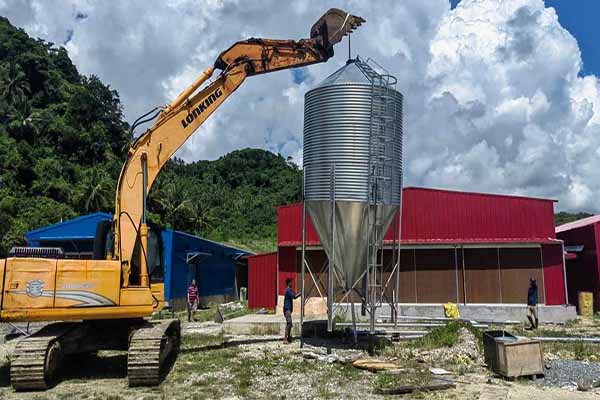
“The AECS has been a game-changer for our farm,” said John Mwangi, the farm manager. “It has not only improved our productivity but also allowed us to focus on other aspects of our business.”
Conclusion
Investing in an Automatic Egg Collection System for a 100,000 chicken farm in Kenya is a wise decision. The benefits 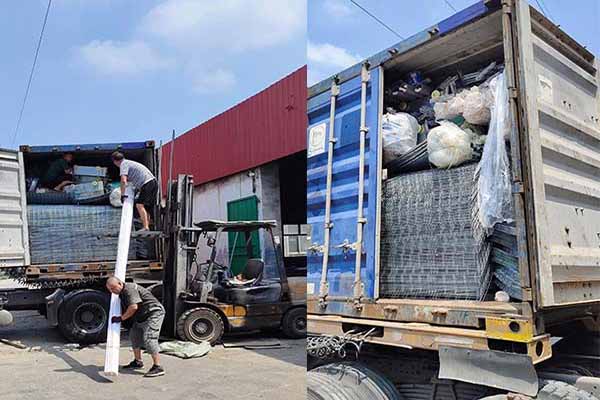 of increased productivity, reduced labor costs, and improved egg quality make it a worthwhile investment for any poultry farmer.
of increased productivity, reduced labor costs, and improved egg quality make it a worthwhile investment for any poultry farmer.
For more information on implementing an AECS for your farm, contact us today. We offer free poultry design plans and equipment quotes with Livi Mechanical.


